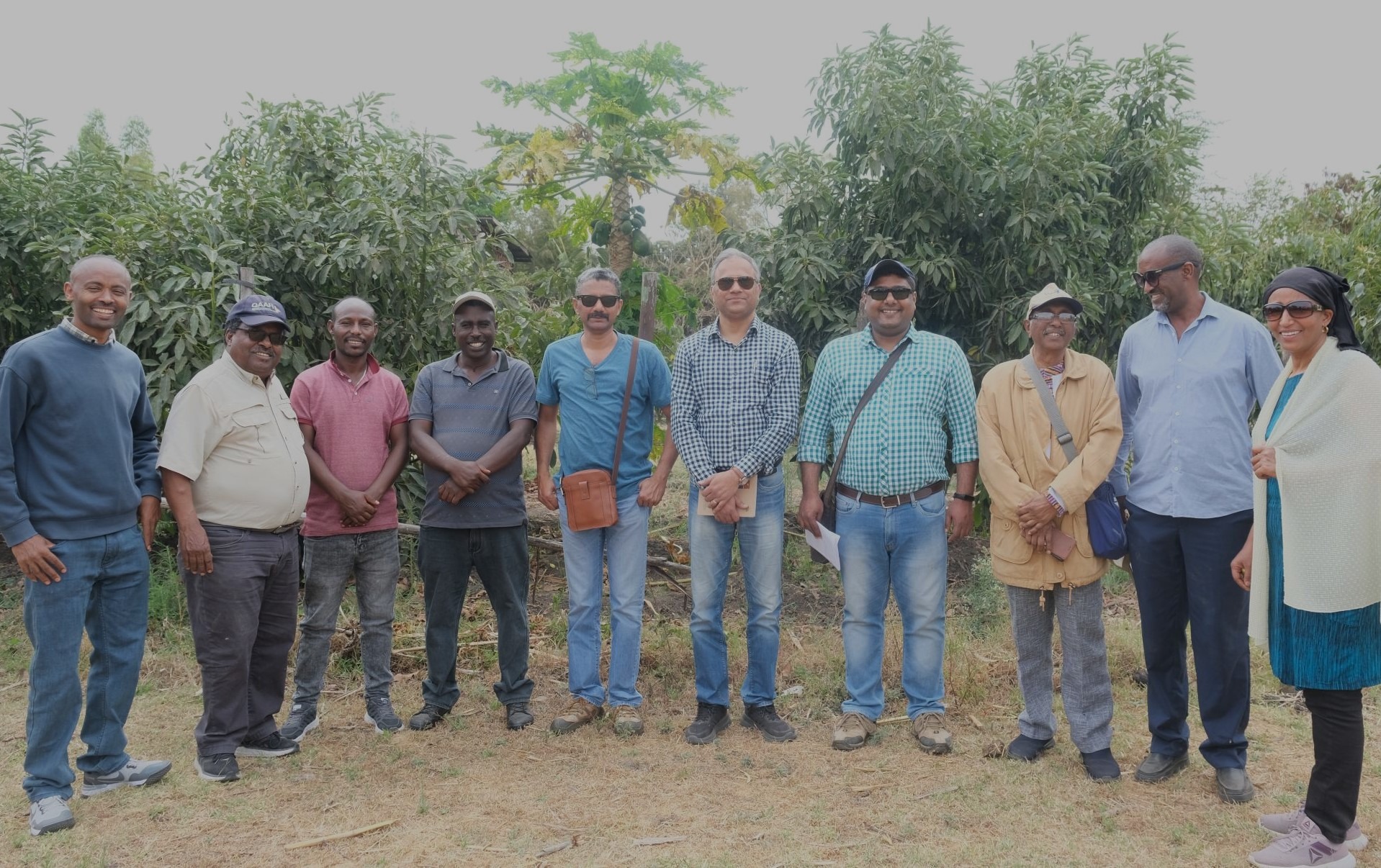Learning across Continents: Experts from India and Ethiopia exchange knowledge on sustainable and regenerative agriculture
When it comes to transforming food systems, cross-country learning visits are invaluable tools for fostering innovation and collaboration. By exchanging knowledge and firsthand experiences, practitioners can discover new methods and improve existing practices that enable both people and nature to prosper.
Last year, a delegation of researchers and experts visited India to initiate a learning programme to achieve just that. The visit was organized under the joint country project ‘Towards more Sustainable and Regenerative Agricultural Commercialization in Ethiopia and India’, and invited experts from the Ethiopian Sustainable and Regenerative Agriculture Action Coalition member organizations: the Ministry of Agriculture, the Agricultural Transformation Institute, the Ethiopian Institute of Agriculture and the Sasakawa Africa Association.
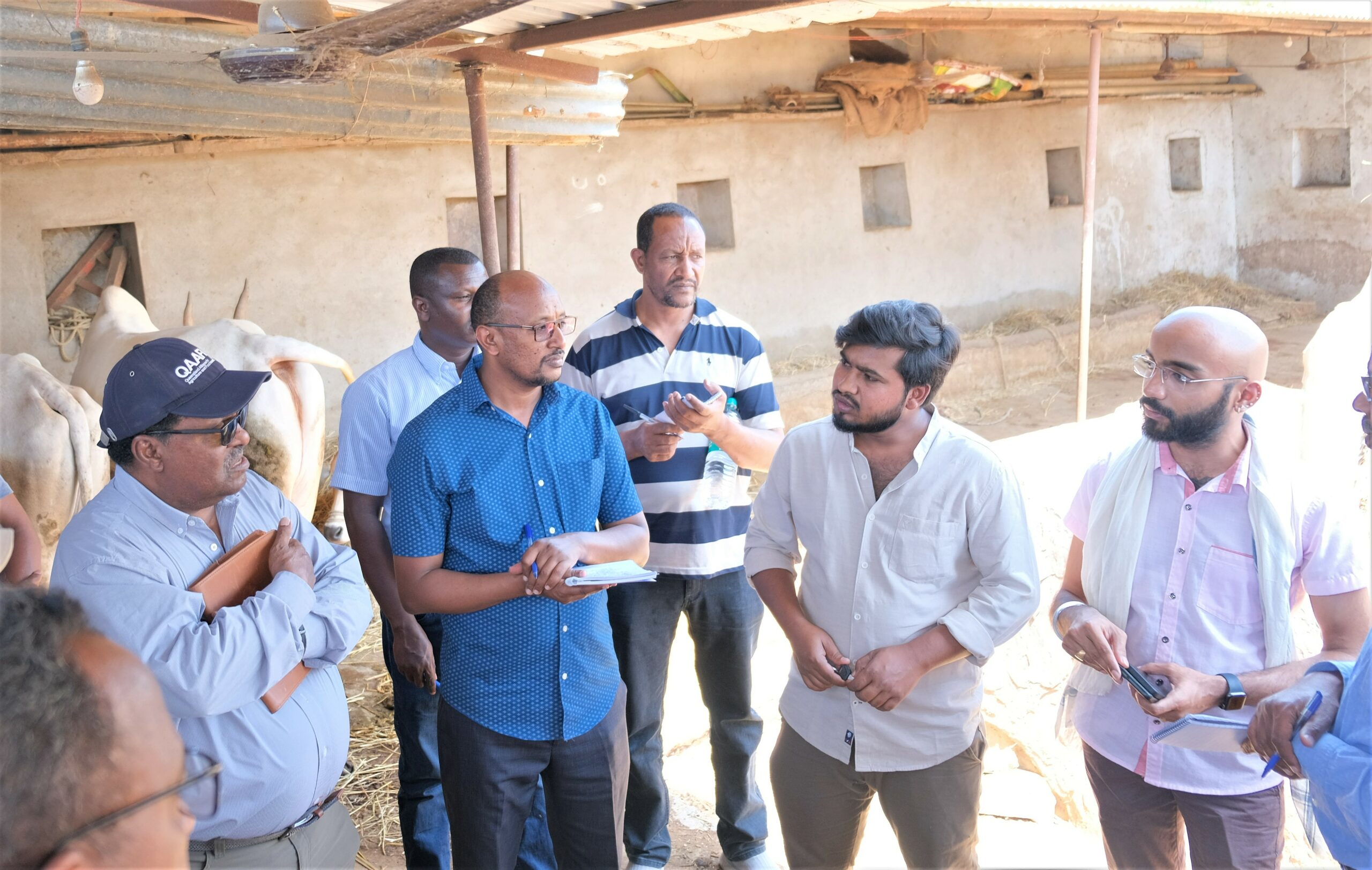
Members of FOLU’s Ethiopia and India visiting a bio-input preparation centre in Doulthabad Mandal, Vikarabad district
Continuing the next phase of the learning initiative, the FOLU India team visited Ethiopia this year, where they met with fellow colleagues, practitioners and experts to deepen their knowledge, and gain insight and inspiration from innovative initiatives to scale sustainable and regenerative agriculture in the country. Presented below is a visual snapshot of the learning exchange, capturing highlights from its various workshops, field trips and site visits.
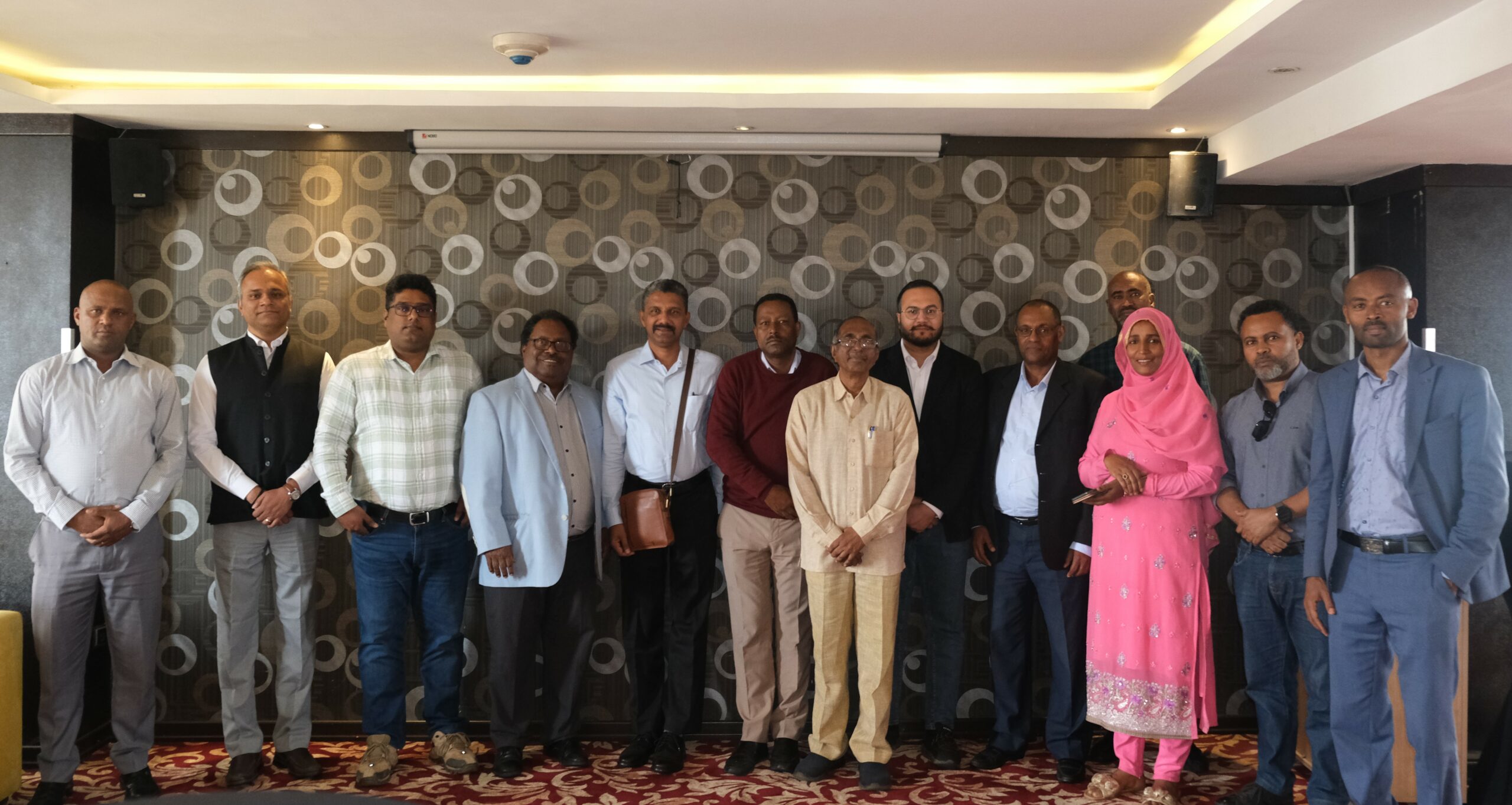
Members of FOLU Ethiopia and India gathering in Addis Ababa for a series of workshops on sustainable and regenerative agriculture, March 2024
Agriculture Commercialization Clusters and Farmer Production Clusters
During the course of the visit, the delegation observed Agricultural Commercialization Clusters (ACC) – a new initiative by the Ethiopian government that aims to support rural industrialization and enhance the lives of smallholder farmers. ACC is a type of policy intervention where certain crops are prioritized nationwide. In addition to encouraging and integrating commercialization efforts, it seeks to increase output and productivity.
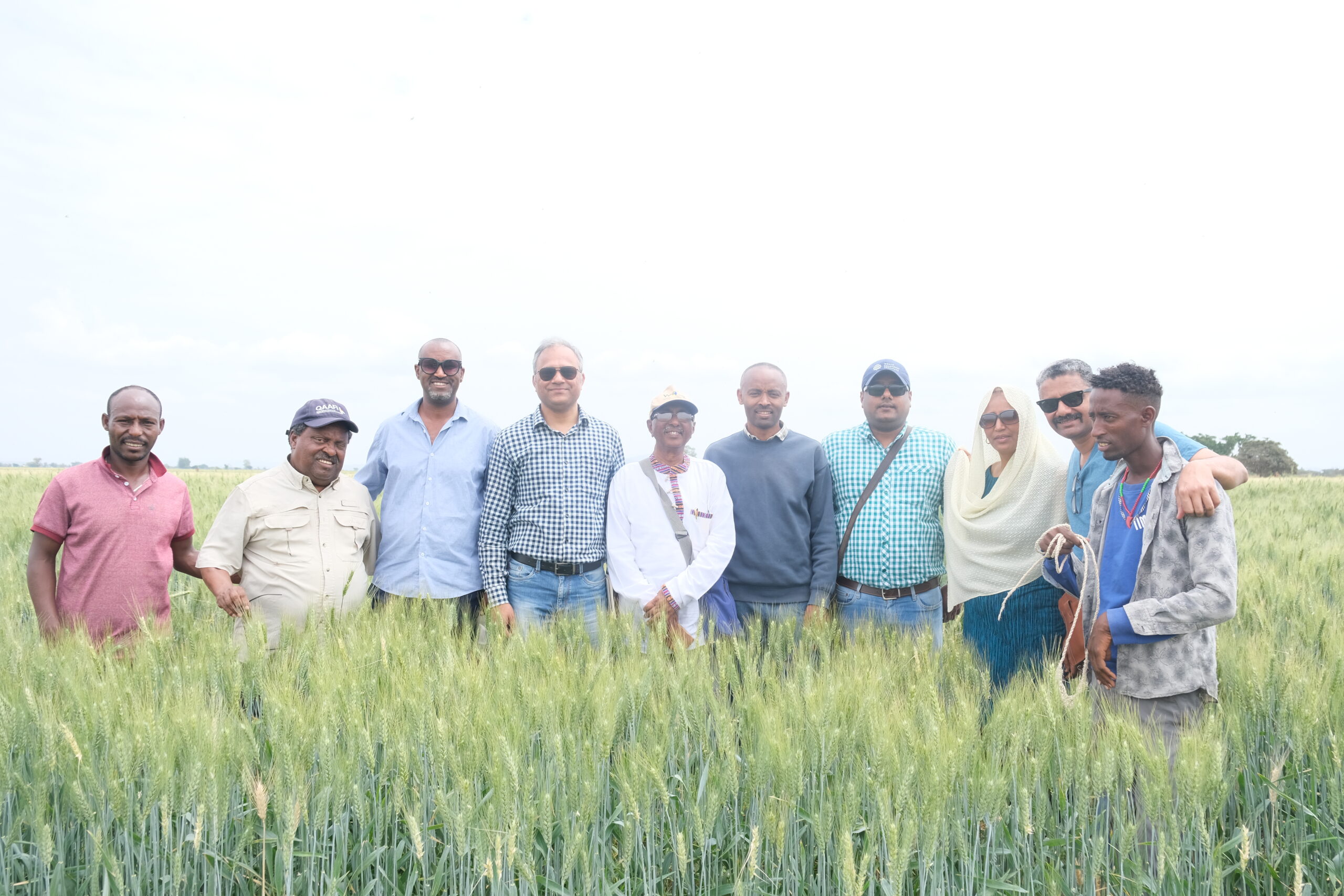
Members of FOLU Ethiopia and India visiting an irrigated wheat Agricultural Commercialization Cluster in Mojo, Adama.
To receive government support for crops like bananas, avocados, wheat and maize, smallholder farmers with nearby plots voluntarily join together, pooling some of their land. This collaboration, called the Farmers Production Cluster (FPC), is part of a targeted program designed to enhance agricultural productivity and economic growth in farming communities. It is expected that farmers within the same FPC will yield comparable crops, and will benefit from incentive packages that include basic inputs such as seeds, fertilizers, credit, mechanization; storage and transportation facilities; and connections to markets.
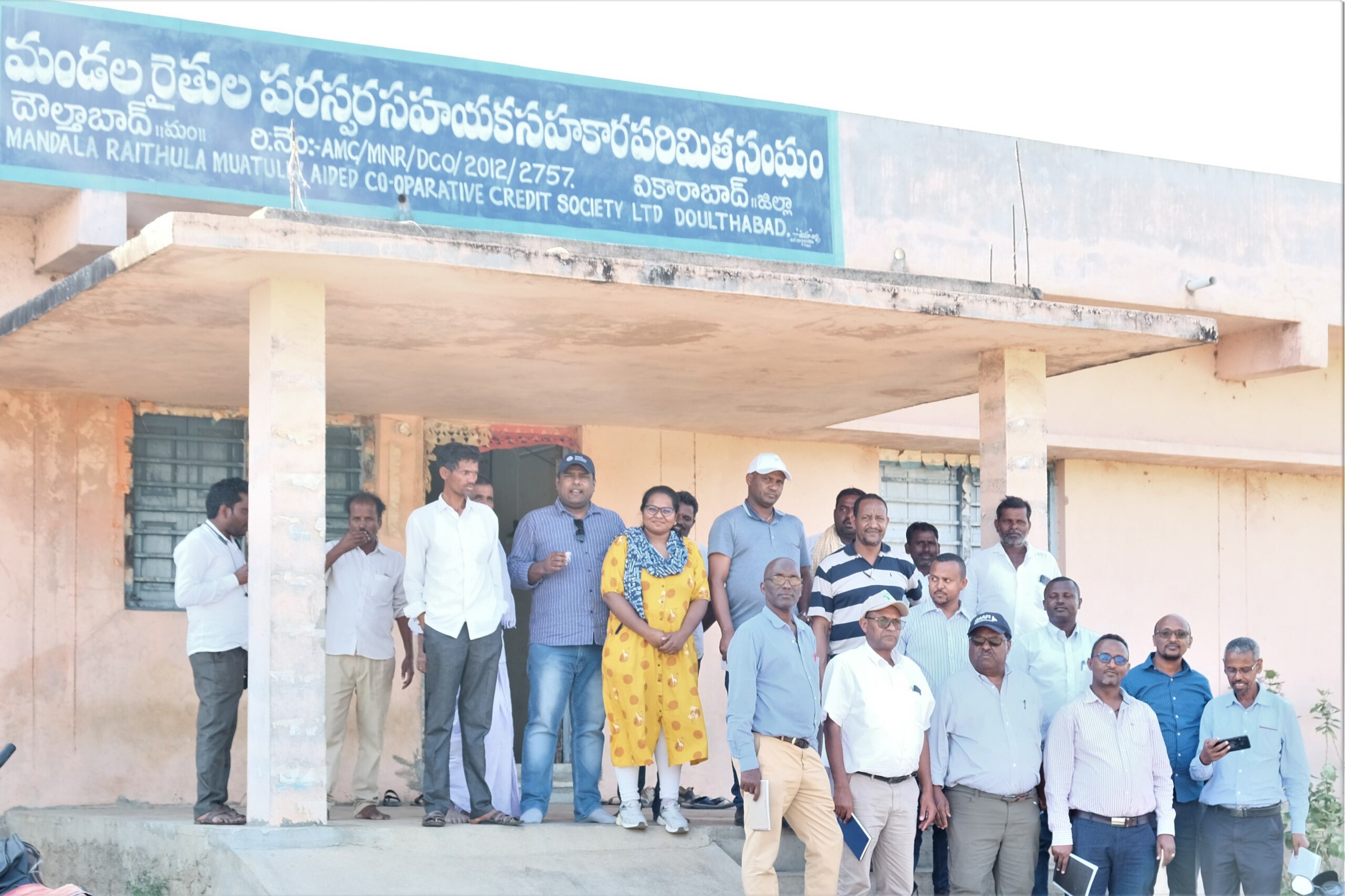
A site visit to a Farmer Cooperative Society (MACCS Society) and its Custom Hiring Center.
While Ethiopia is leveraging ACCs and FPCs for better integration of smallholder farmers, FOLU India’s Sustainable Rainfed Agriculture Project (FISRAP) is using awareness raising and capacity building activities to enable smallholders to shift to sustainable and regenerative agriculture practices. Through the project, farmers are provided with support primarily through government schemes, including social welfare schemes such as MGNREGA. The scheme includes trainings on various topics such as mixed cropping, crop cover throughout year, crop rotation and bio-input preparation.
The Ethiopian government actively helps farmers connect with markets, using cluster formation to maximize scale. This approach is a key lesson for FISRAP, which, like the FPCs, aims to support farmers by providing access to modern agricultural equipment through custom hiring centers.
The Indian FISRAP landscapes focus on developing management strategies for establishing a Community Seed Bank. This approach could also be applied in Ethiopia, further supporting Farmers Production Clusters in obtaining high-quality, indigenous seeds as part of the incentive package. This may be especially beneficial to the smallholder farmers, who will be able to produce unique crop varieties and therefore, have a bargaining advantage over medium and large-scale farmers.
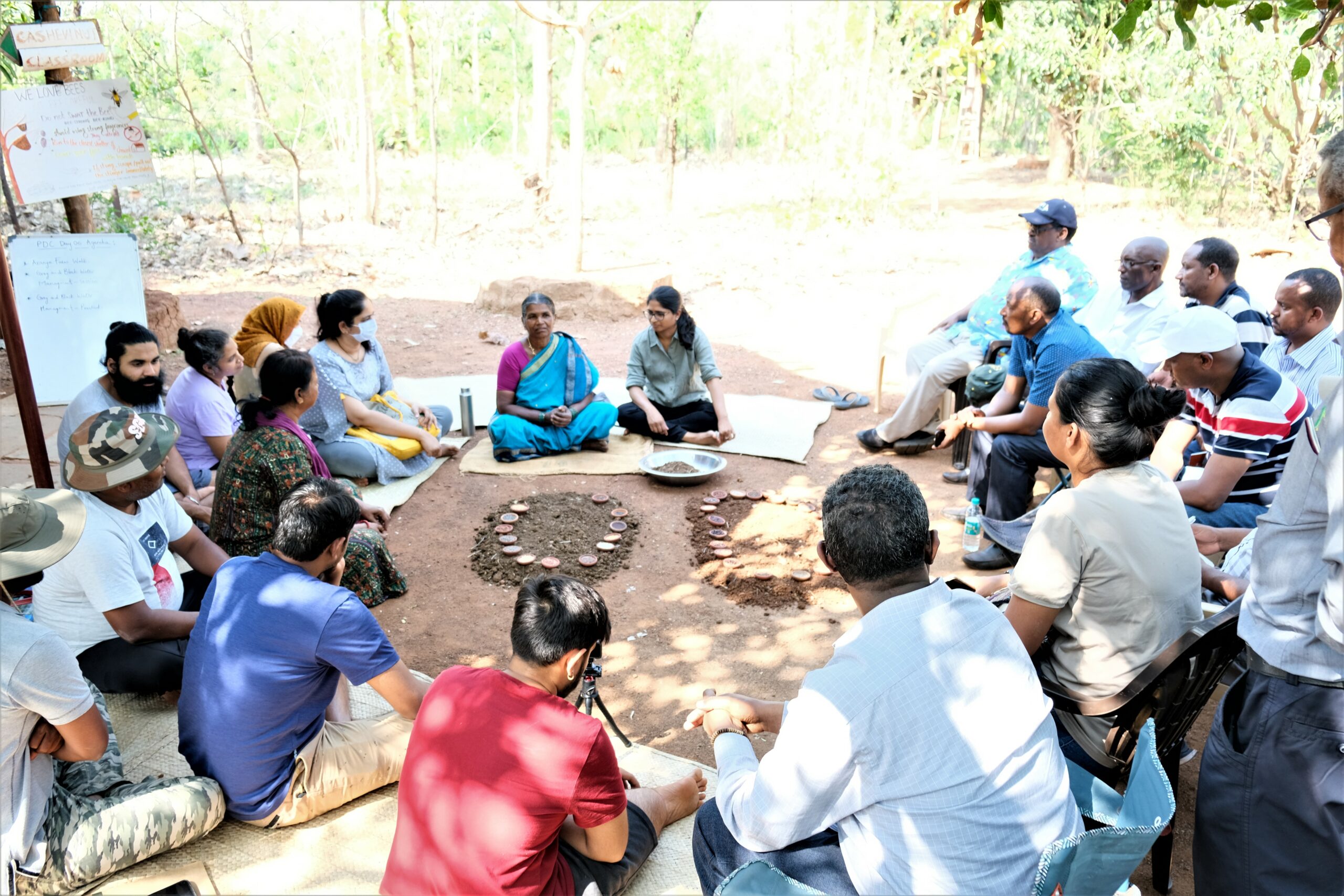
Members of FOLU Ethiopia and India visiting a seed bank of land races and attending a training session on their cropping pattern
Crop diversity, soil health and nutrition security
During the visit, the delegation learned that Ethiopia is diversifying its crops by using intercropping, double cropping, crop rotations and other cropping schemes, with a particular focus on pulses. This approach aligns with the FPC, and aims to promote the use of rotation crops, thereby mitigating the negative impacts of monocropping. Expanding production to include protein-rich pulses can enhance dietary diversity while providing a cost-effective protein source for large populations. Implementing crop rotation with pulses also yields benefits for soil fertility, minimizes the accumulation and propagation of pests, and decreases the need for pesticides.
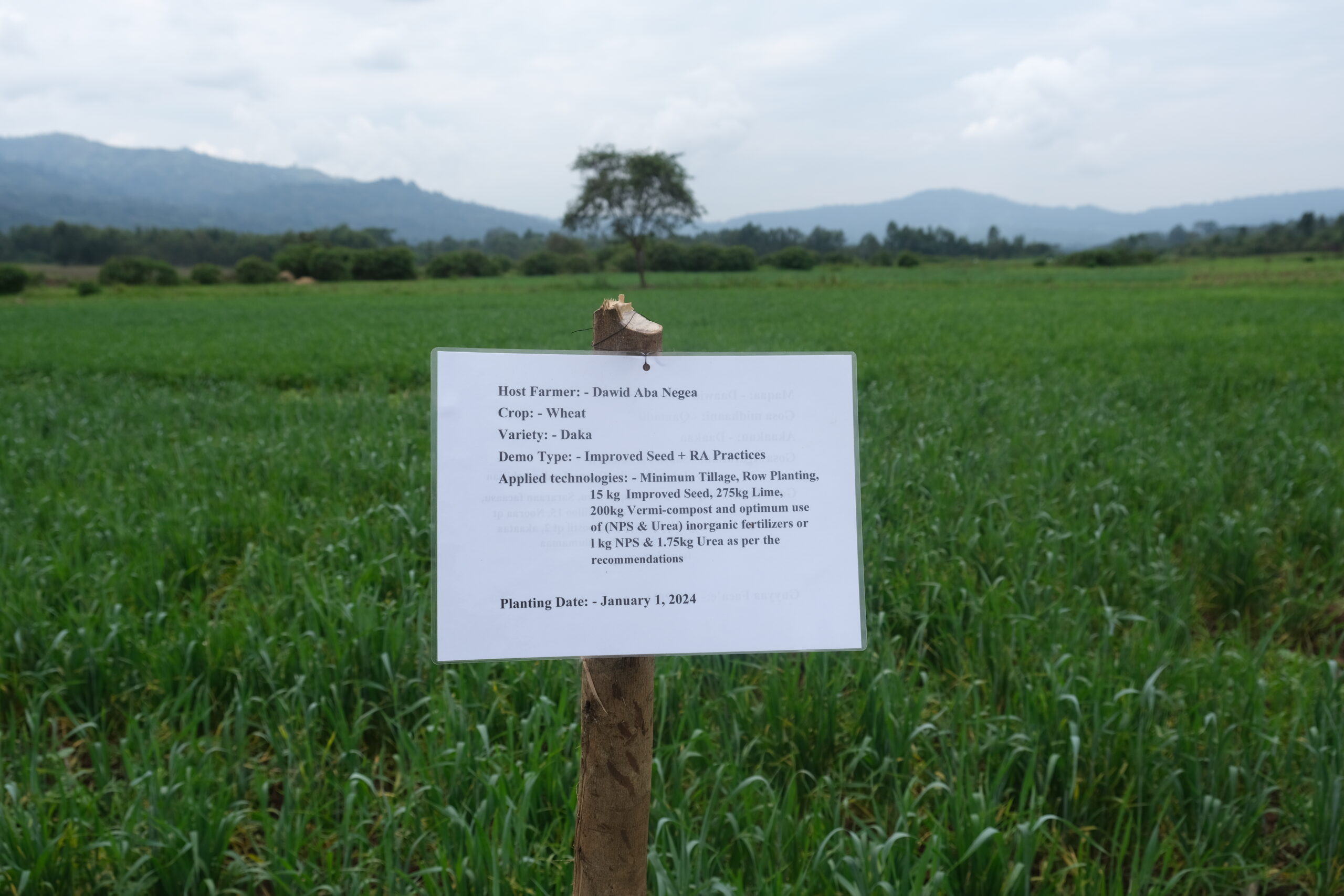
A regenerative agriculture demonstration site in Jima zone, Oromia, Ethiopia.
The special emphasis on pulses may be seen as a potential practice in India’s FISRAP landscapes, given the acute malnutrition burdens and low soil fertility that persist in several regions. While crop rotation is an age-old practice in India, the systematic approach taken by Ethiopia offers much for consideration.
Large-scale production of vermicompost
Ethiopia has taken significant steps to expand integrated soil fertility management (ISFM) by initiating a large-scale production of vermicompost at local levels. The application of organic and inorganic fertilizers is an essential part of ISFM, and has shown promising results. Given its success, ISFM has also been incorporated as a significant approach in the Sustainable and Regenerative Agriculture (SRA) intervention by FOLU Ethiopia. It is a cost-effective method that promotes sustainable crop production and improved soil health.
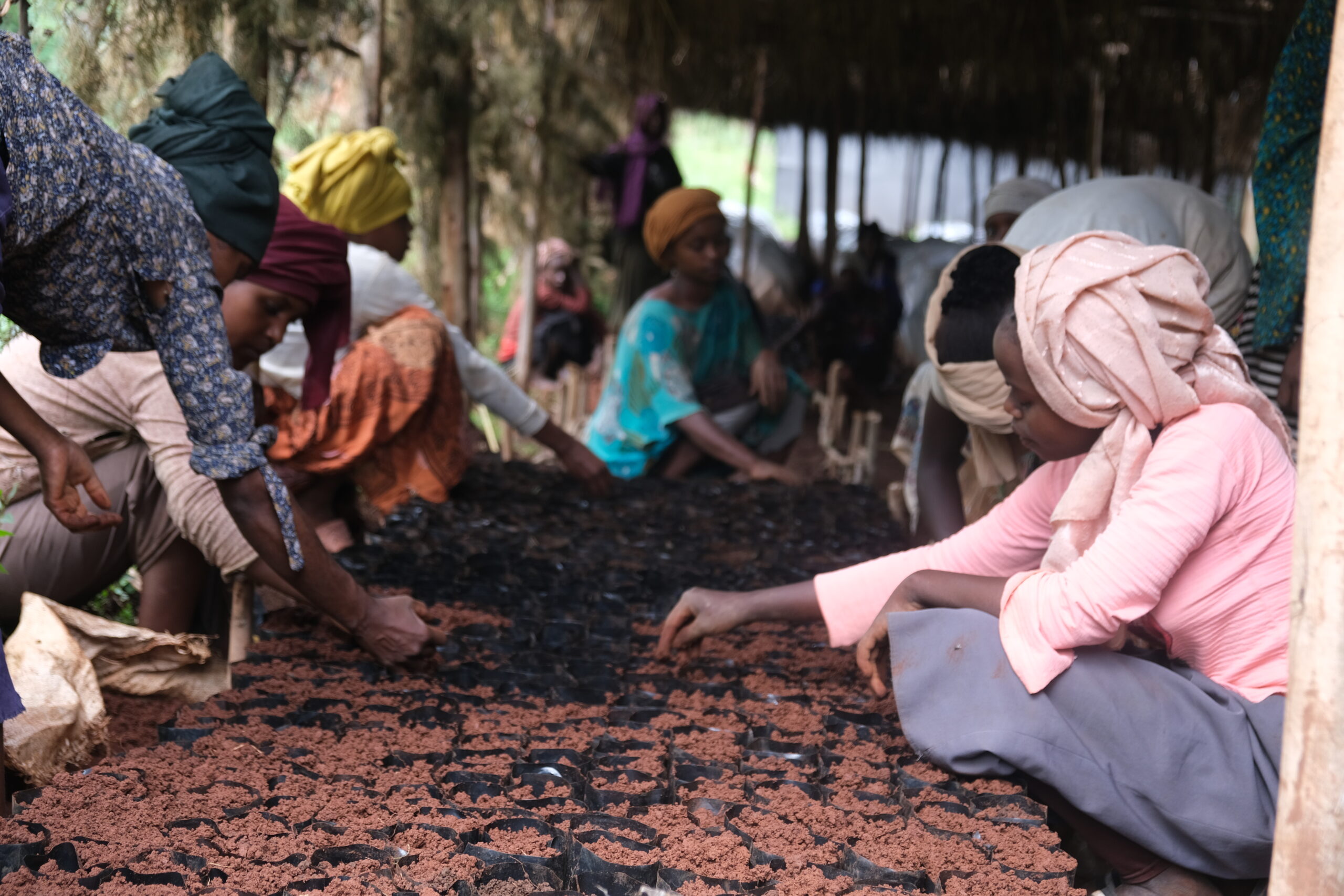
Vermi Compost and nursery production at Gibe Boso Agroforestry and Vermi-Center.
Livestock can play a role in sustainable and regenerative agriculture by contributing to the development of bio-inputs, which naturally boost crop productivity and pest regulation, while avoiding pollution from inorganic fertilizers and pesticides. Since the majority of Ethiopian farms are mixed, scaling innovative uses of animal waste, such as manure, urine and bones, can accelerate the country’s efforts to improve yields sustainably and regeneratively, while promoting an equitable transition for farmers and households who rely on livestock as a source of income and nutrition.
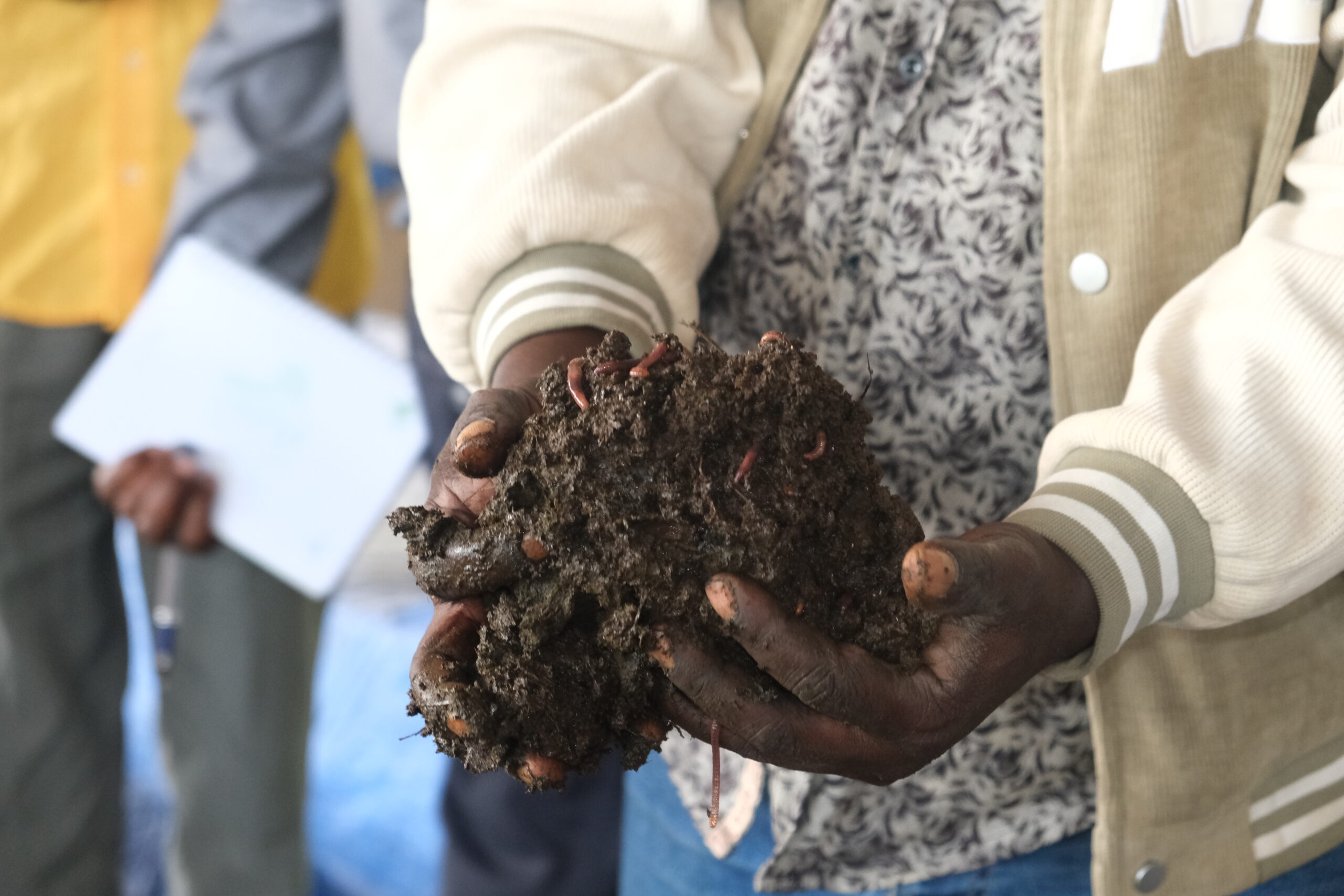
Vermi Compost and nursery production at Gibe Boso Agroforestry and Vermi-Center.
Integrated agroforestry and smallholder farmers
Through various initiatives such as the Green Legacy Initiative (GLI), Ethiopia has been promoting agroforestry to achieve sustainable land use, and unlock ecological and economic benefits. A key aspect of agroforestry is supporting farmers to integrate a wide range of fruit tree varieties on their land, including banana, papaya, avocado, and mango.
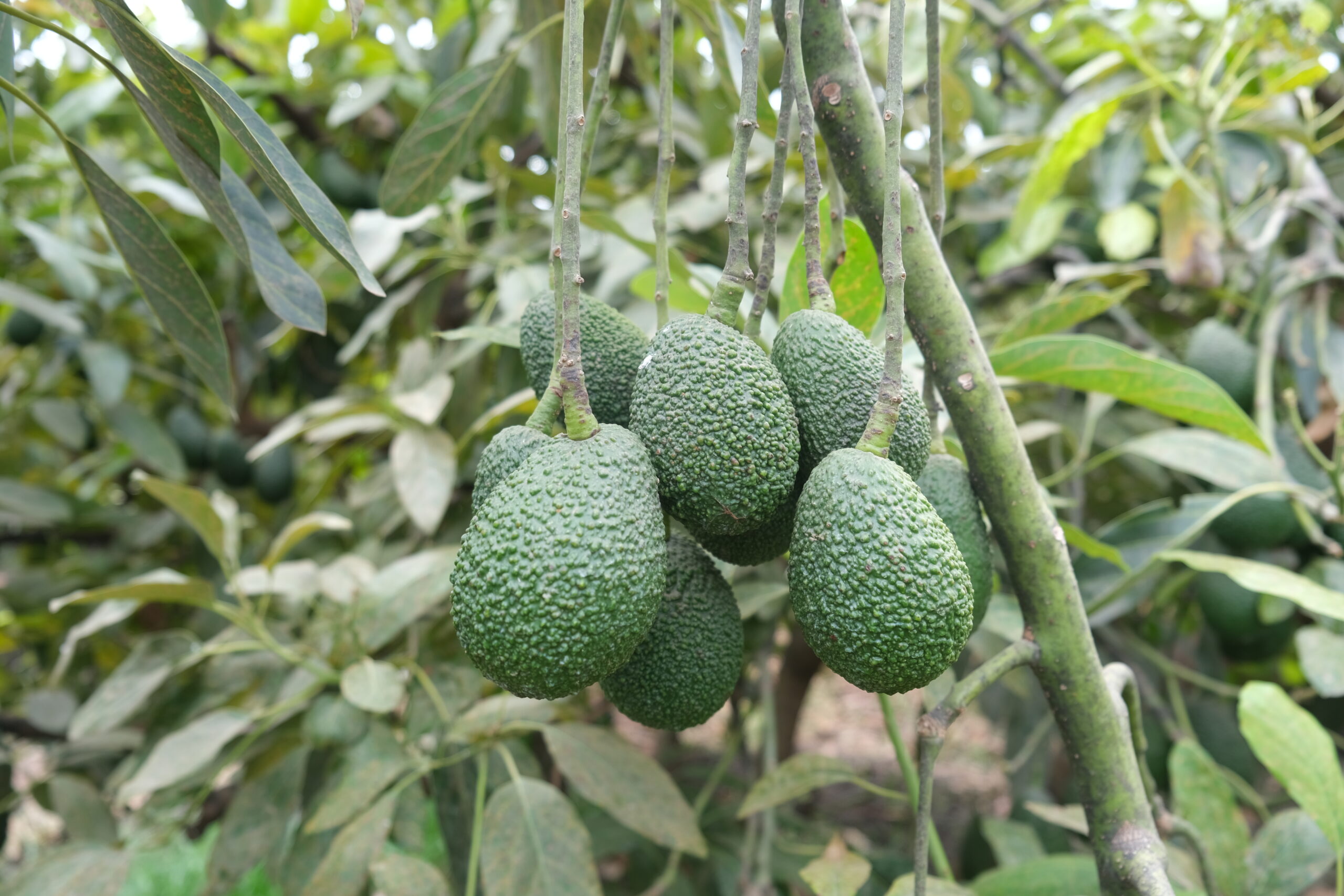
Sustainable avocado and banana production at an agroforestry initiative in Mojo and Jimma.
Promotion of irrigated agriculture by the government of Ethiopia
The team visited a large wheat farm in Mojo, 71 km from the capital. The farm is integrated in the government’s efforts to address food and nutrition insecurity, which include developing and promoting climate-resilient high-yielding wheat varieties, improving crop management practices in traditional highland areas, and expanding production in new irrigated systems in both lowland and highland areas. Throughout the value chain, wheat helps create jobs, and is integral to maintaining food security and boosting domestic production. It is also used as a raw material by the agroindustry.
Final takeaways
The knowledge exchange programme was a highly enlightening experience, and provided the project’s country teams with fresh perspectives on sustainable and regenerative agricultural practices that could be adapted and scaled in their respective landscapes. In both countries, it was clear that governmental support is integral to sustainable agricultural transformation, and that farmers and consumers require a conducive policy environment to ensure sustainable outcomes at the national level. Moving forward, the teams will continue to work together, implementing their cross-border learnings to identify practices that bring benefits for people, nature and climate.


